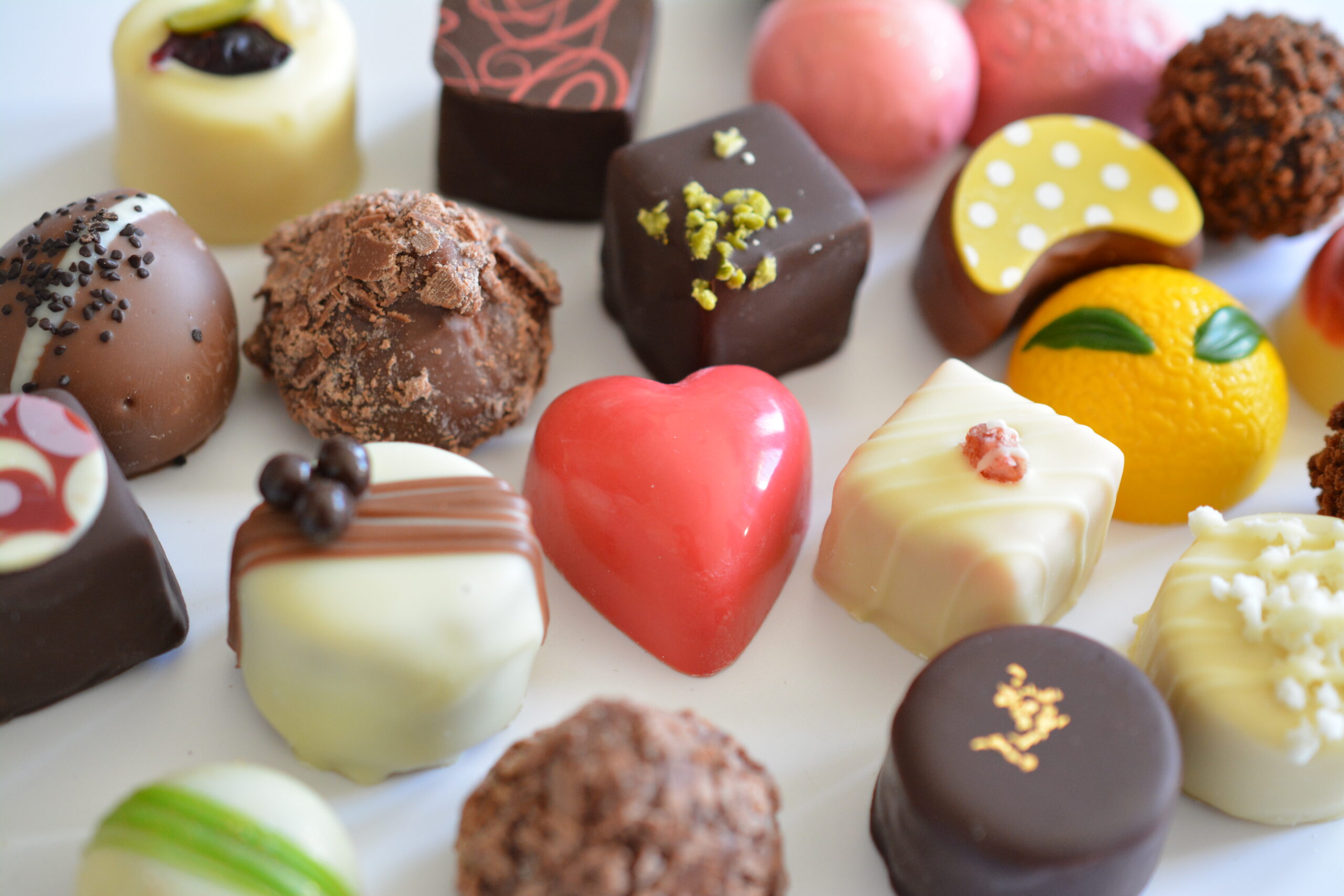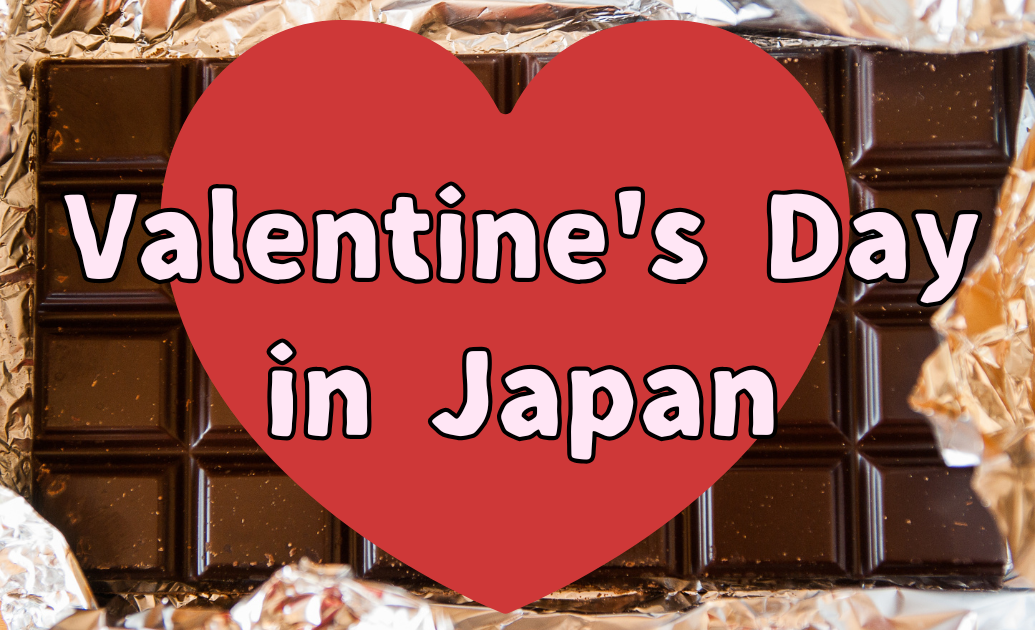Christmas, Halloween, and other Western holidays have taken root in Japan, but each has evolved in its own way. Valentine’s Day is no exception. In Japan, this romantic holiday has become less about love and more about chocolate—a sweet tradition with a uniquely Japanese twist.
Valentine’s Day in Japan Is All About Chocolate
February 14 is celebrated as Valentine’s Day in Japan, just like in many other countries. However, in Japan, the word “Valentine” immediately brings one thing to mind: chocolate.
Rather than exchanging flowers or romantic gifts, people associate the day with giving and receiving chocolates.
This custom was born from the clever marketing strategies of Japanese confectionery companies in the 1950s and 1960s. As chocolate sales typically dropped in February, candy makers promoted Valentine’s Day as a perfect occasion to give chocolate—and it worked. By the 1970s, chocolate had become firmly linked to Valentine’s Day in Japan.
A Day for Women to Give Chocolate to Men

Unlike in the West, Valentine’s Day in Japan is traditionally a day when women give chocolates to men. The day became especially popular among students as a chance for girls to confess their feelings to their crushes through handmade or store-bought chocolates.
Over time, the custom expanded beyond romantic gestures. Women began giving chocolates to male friends, coworkers, and even bosses—gifts known as “giri-choco” (obligation chocolates). Meanwhile, chocolates given to a loved one are called “honmei-choco” (true feeling chocolates).
The Origin of White Day
Men don’t typically give chocolates on February 14 in Japan. Instead, they return the favor one month later on March 14—White Day.
This day was also created by confectionery companies in the late 1970s as a marketing idea. On White Day, men give sweets such as cookies, marshmallows, or candies to the women who gave them chocolates on Valentine’s Day.
It’s a day of appreciation rather than romance—meant to say “thank you” for the chocolates received.
Modern Valentine’s Day in Japan
In recent years, the traditional “women give to men” dynamic has started to fade. Many people now exchange chocolates with family members or friends regardless of gender, and buying “jibun-choco” (chocolate for oneself) has become increasingly popular.
From affordable treats at convenience stores to luxurious imported chocolates, Japan offers a dazzling variety of sweets during the Valentine’s season. Department stores even hold large chocolate fairs where famous chocolatiers from Belgium and France showcase their creations.
Anti-Valentine’s Day Movement
Not everyone in Japan embraces Valentine’s Day. Some companies and schools have banned the exchange of chocolates altogether. This is partly to reduce the pressure on women to give “obligation chocolates” and on men to reciprocate on White Day.
Critics argue that the holiday has become too commercialized and burdensome, turning what should be a sweet celebration into a source of stress.
A Chocolate Lover’s Paradise

Despite some resistance, Valentine’s Day remains one of the biggest chocolate events in Japan. It’s estimated that around 20% of the country’s annual chocolate sales occur in February alone.
As the holiday approaches, special chocolate corners fill department stores, and high-end brands from around the world launch limited editions.
For chocolate lovers, there’s no better time to indulge. Whether you give chocolates, receive them, or treat yourself, Valentine’s Day in Japan offers a delicious glimpse into how global traditions can take on a distinctly Japanese flavor.

